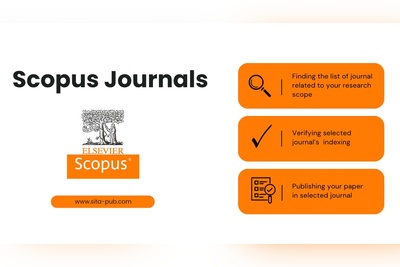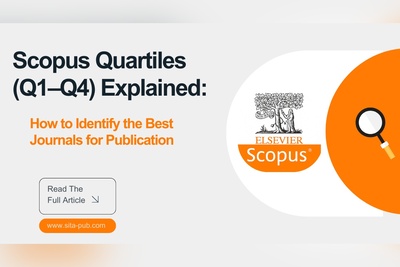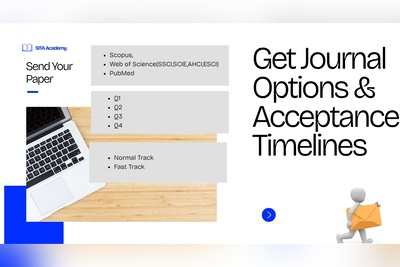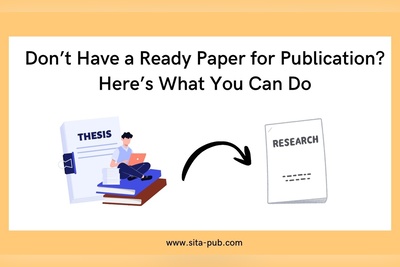Scopus & Clarivate Publishing Guide for Saudi Researchers 2025
Looking to publish in a Scopus or Clarivate (Web of Science) journal in Saudi Arabia? Learn how to find Q1–Q4 journals, check the Clarivate Master Journal List, understand Scopus indexing, and prepare your paper for international publication.
- Understanding Scopus and Clarivate (Web of Science)
- Journal Rankings — Q1, Q2, Q3, and Q4 Explained
- Writing Your Affiliation Correctly
- How to Find the Right Scopus or Clarivate Journal
- Fast Publication and Article Processing Fees (APC)
- Submission, Peer Review, and Galley Proofs
- Common Academic Terms Explained
- Publication Assistance for Saudi Researchers
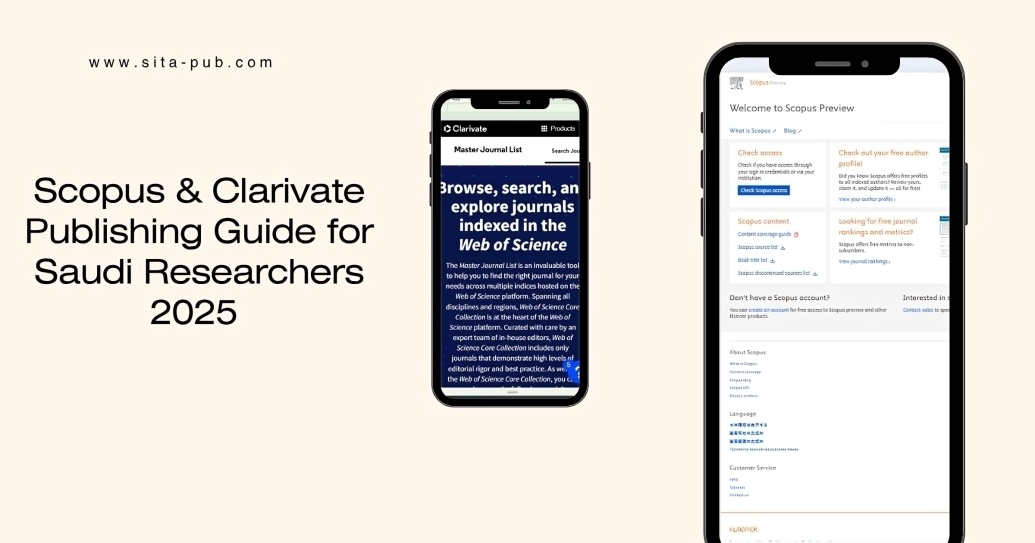
Publishing your research in an internationally recognized journal — whether Scopus or Clarivate (Web of Science) — is one of the most important milestones in an academic career. For Saudi researchers, understanding how to select the right journal, evaluate its quartile rank (Q1–Q4), and verify its indexing can make the difference between a successful publication and a rejected one.
Understanding Scopus and Clarivate (Web of Science)
What Is Scopus and Why It Matters for Saudi Researchers
Scopus, managed by Elsevier, is one of the largest citation databases globally, indexing over 27,000 peer-reviewed journals across all disciplines — from medicine and engineering to social sciences and humanities.
For Saudi researchers, publishing in Scopus-indexed journals is particularly important because:
Saudi universities recognize Scopus publications for academic promotion.
Scopus provides metrics such as CiteScore, SJR (Scimago Journal Rank), and the quartile ranking of journals.
Journals are categorized by performance, ranging from Q1 to Q4, with Q1 representing the highest-quality journals.
To find suitable Scopus journals, you can use tools like the Scopus Journal Finder, SCImago Journal Rank (SJR) website, or publication support services that recommend journals based on your research topic.
What Is the Clarivate Master Journal List (MJL)?
The Clarivate Master Journal List (MJL) — also called the Clarivate Journal List — is a comprehensive database of journals indexed in Clarivate’s Web of Science. This list includes journals recognized globally for quality and impact, categorized into:
SCIE (Science Citation Index Expanded)
SSCI (Social Science Citation Index)
AHCI (Arts & Humanities Citation Index)
ESCI (Emerging Sources Citation Index)
Saudi universities typically require SCIE or SSCI journals for promotions, but ESCI journals are increasingly accepted for early-stage research and master’s theses.
You can check whether a journal is listed in Clarivate through:
MJL Clarivate: mjl.clarivate.com
Search by journal title, ISSN, or publisher name
For 2025, Saudi researchers can refer to the Clarivate Master Journal List 2025 to ensure their target journal meets academic requirements.
ISI, SCIE, SSCI, AHCI, and ESCI Explained
Understanding Clarivate categories is essential:
ISI Journal: A journal indexed in Clarivate (Web of Science).
SCIE vs ESCI: SCIE journals are fully recognized for academic promotions; ESCI journals are emerging but increasingly accepted.
SSCI: Journals in social sciences with strong citation impact.
AHCI: Arts and humanities journals with peer-reviewed standards.
Using these categories helps you prioritize journals that align with Saudi universities’ expectations.
Journal Rankings — Q1, Q2, Q3, and Q4 Explained
What Is a Q1 Journal?
Journals are ranked into quartiles (Q1–Q4) based on citations and impact metrics.
Q1 Journals: Top 25% in their field, highly cited, competitive, and prestigious.
Publishing in Q1 journals significantly boosts the visibility of your research and is ideal for academic promotion.
Is Q2 Journal Good Enough for Promotion?
Q2 Journals: Ranked between 25–50% in their field. They are reputable and maintain high quality.
Q3 and Q4 Journals: Easier to publish in, suitable for early publications or graduation requirements.
Saudi researchers aiming for career advancement are recommended to target Q1 or Q2 journals whenever possible.
How to Check the Quartile Ranking of a Journal
To verify the quartile of a journal:
Use SCImago Journal Rank (SJR) for Scopus journals.
Check the Clarivate Journal Master List for Web of Science journals.
Cross-check using the journal’s website or indexing databases to avoid misleading claims.
A clear understanding of quartile ranking of journals helps prevent publishing in low-impact or predatory journals.
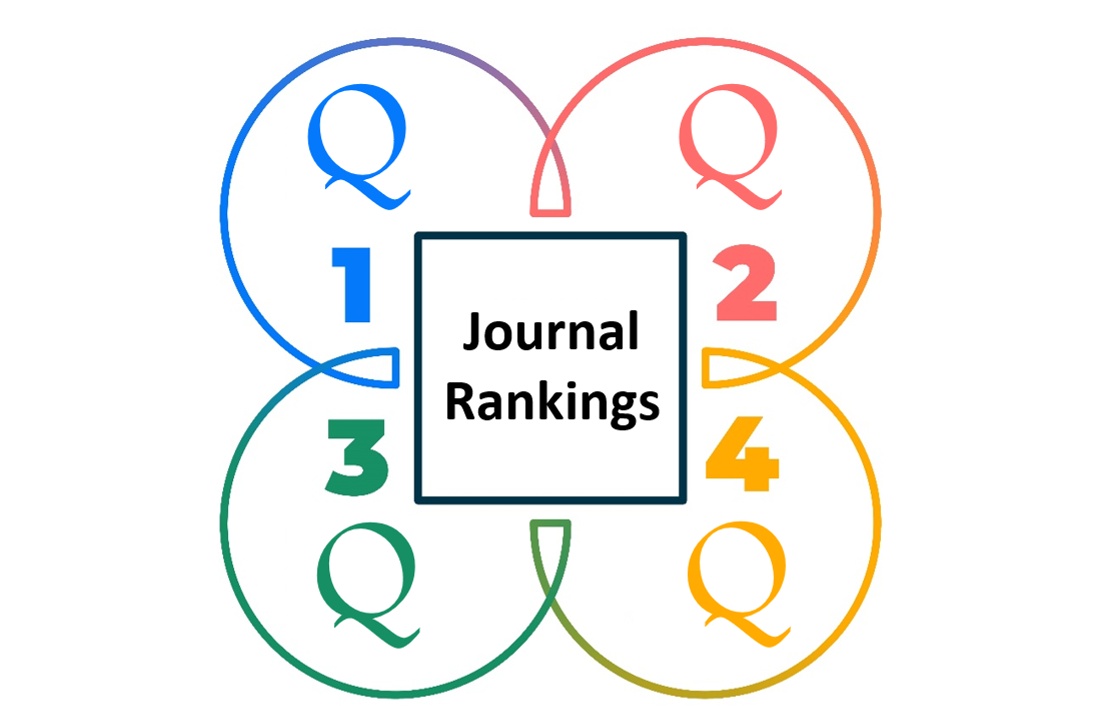
Writing Your Affiliation Correctly
What Does Affiliation Mean in Research Papers?
Affiliation refers to your institutional connection, such as your university or research center. It ensures proper indexing in Scopus and Clarivate databases and enhances the visibility of your work.
Standard Format and Common Mistakes
A proper author affiliation in research paper should follow this structure:
[Department or Research Unit], [College or Faculty], [University Name], [City], [Country]
Common mistakes include:
Omitting the institution name
Using non-standard abbreviations
Incorrect or incomplete formatting
Examples of Correct Academic Affiliations
Here are some correct examples for guidance:
Department of Biology, King Saud University, Riyadh, Saudi Arabia
Department of Mechanical Engineering, King Fahd University of Petroleum and Minerals, Dhahran, Saudi Arabia
Writing your affiliation correctly ensures your paper is easily indexed and recognized globally.
How to Find the Right Scopus or Clarivate Journal
Using Scopus Journal Finder and SCImago Journal Rank (SJR)
The Scopus Journal Finder is a powerful tool to find suitable journals based on your manuscript topic, keywords, and field.
You can filter journals by quartile (Q1–Q4), subject area, and publication type.
SCImago Journal Rank (SJR) provides detailed metrics, including impact and citations.
Searching the Clarivate Master Journal List (MJL)
To find Clarivate-indexed journals:
Visit mjl.clarivate.
Search for your field, ISSN, or journal title.
Verify whether the journal is SCIE, SSCI, AHCI, or ESCI.
Cross-referencing with the Clarivate Master Journal List 2025 ensures the journal is legitimate and meets promotion criteria.
Avoiding Fake or Predatory Journals
Predatory journals often falsely claim Scopus or ISI indexing.
Always verify through official websites: Scopus Journal Finder, MJL Clarivate, or SJR.
Avoid journals with unclear editorial boards, aggressive solicitation emails, or unrealistic publication promises.

Fast Publication and Article Processing Fees (APC)
Understanding Scopus and Clarivate Fees
Scopus and Clarivate themselves do not charge fees; fees come from the journals (Article Processing Charges — APCs).
APCs can range from $500– + $2,000 for fast-track or open access journals.
Subscription journals may have no fees but limit open access visibility.
Fast-Track Journals and Average Timelines
Saudi researchers often search for fast publication Scopus journals or fast-track Clarivate journals.
Fast-track journals may publish online-first within 1–3 months.
They maintain strict formatting and originality standards.
Keywords to search online:
“Fast publication journal Scopus”
“Q2 journal fast publication”
Open Access vs Subscription Journals
Open Access Journals: Require APCs but maximize visibility.
Subscription Journals: No APCs, but readers need access to view the article.
Decide based on research impact goals and funding availability.
Submission, Peer Review, and Galley Proofs
The Journal Submission Process Step-by-Step
Manuscript Preparation: Follow journal guidelines for format, references, and figures.
Submission: Use Scopus journal submission portals or publisher websites.
Peer Review: Typically takes 2–8 weeks.
Revision: Respond to reviewer comments carefully.
Acceptance: Journal confirms final acceptance.
What Are Galley Proofs and Why They Matter
Galley proofs are the final version of your paper before publication.
Check author names, affiliation example, references, and formatting carefully.
Correcting errors here ensures accurate indexing and visibility.
Tips to Increase Acceptance Chances
Target journals aligned with your research topic.
Ensure your manuscript follows the Scopus or Clarivate journal format.
Avoid plagiarism; maintain originality.
Use professional English editing and proofreading.

Common Academic Terms Explained
What Is an ISI Journal?
An ISI journal is a publication indexed in Clarivate’s Web of Science, often considered prestigious and highly cited.
What Is the Difference Between SCIE and ESCI?
SCIE journals: Recognized for promotions, fully indexed, high impact.
ESCI journals: Emerging journals, indexed but less prestigious, useful for early publications.
SJR, Impact Factor, and CiteScore — What’s the Difference?
SJR (Scimago Journal Rank): Citation-based metric used by Scopus.
CiteScore: Average citations per document, Scopus metric.
Impact Factor: Clarivate metric for SCIE/SSCI journals.
What Is a PubMed Indexed Journal?
PubMed-indexed journals are recognized in biomedical sciences. You can check indexing using PubMed or MEDLINE.
Publication Assistance for Saudi Researchers
How Academic Publication Services Can Help
Professional services assist in:
Journal recommendation (Scopus/Clarivate)
Formatting and English editing
Plagiarism checks
Communication with publishers until acceptance
SITA Academy — End-to-End Research Publication Support
SITA Academy offers tailored support for Saudi researchers:
Recommends Q1, Q2, Q3, Q4 journal lists
Handles submission, revisions, and galley proof checks
Ensures proper author affiliation in research paper and compliance with journal standards

Publishing in Scopus or Clarivate journals in 2025 requires careful planning, understanding journal metrics, selecting the right quartile, writing a correct affiliation, and avoiding predatory publishers. With this guide, Saudi researchers can confidently navigate the process from manuscript preparation to final publication while maximizing visibility and career advancement opportunities.
Process of Submitting an Order in SITA Academy

Share Your Research Scope |

Receive Journal List |

Select Your Journal |

Formatting & Submission |
